Contents
Needed for this class
- a camera or camera phone
- a light that you can move around
- a diffuser
- a model ( It could be yourself. Then you will also need a tripod.)
Portrait Poses
- Front view
- 3/4 view
- Profile

Front view.
Photographer: Celeste Sloman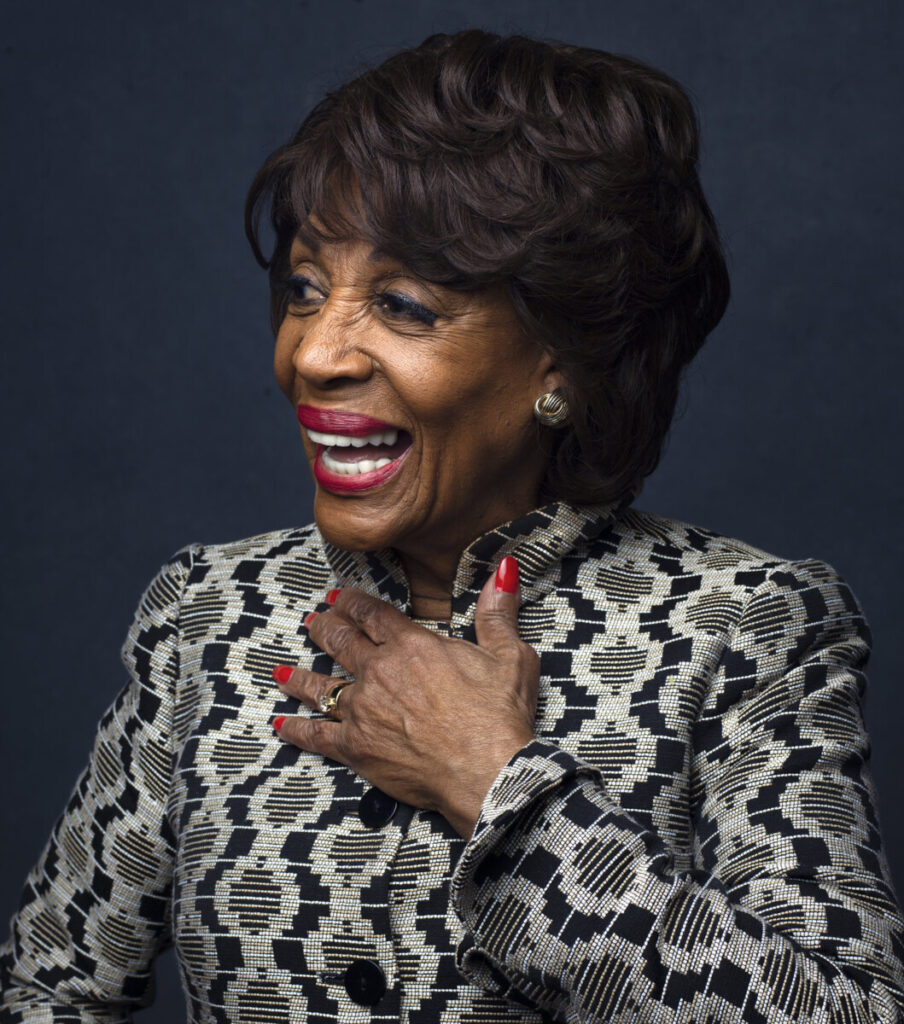
Three-quarter view.
Photographer: Celeste Sloman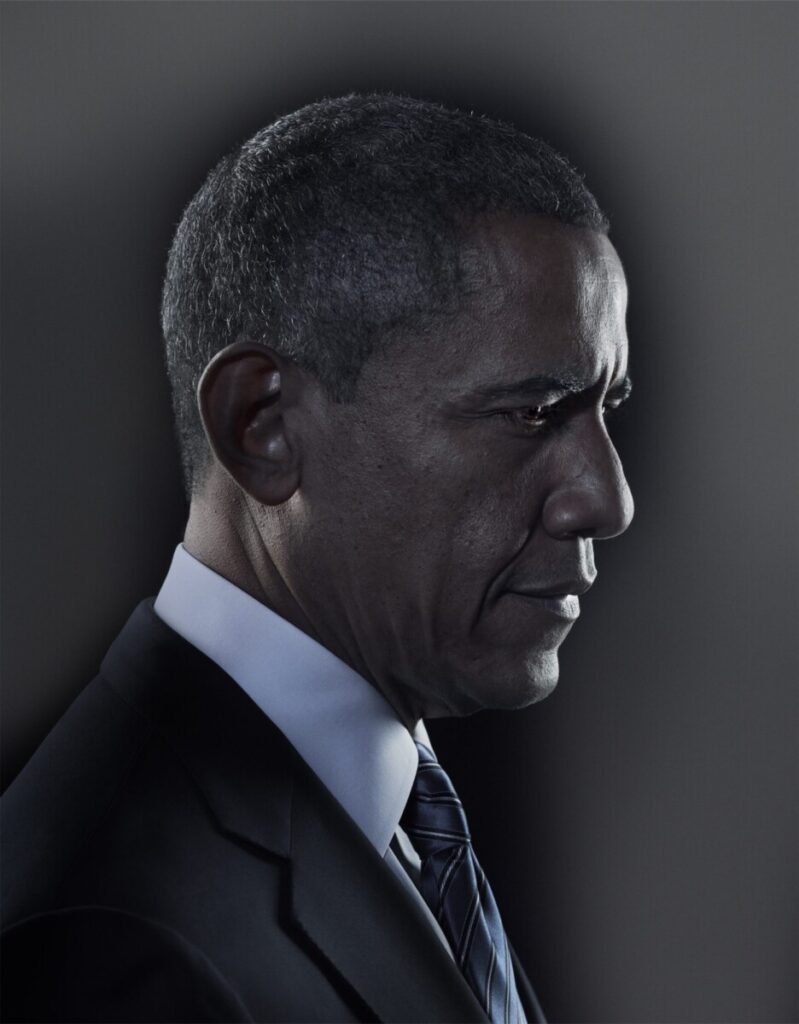
Profile.
Photographer: Nadav Kandar
Focal Length
The focal length of a lens is defined as the distance in mm from the optical center of the lens to the the sensor when the lens is focused on infinity. This varies on the camera and the lens.
Focal length controls: Magnification and angle of view
Focal length is described as short, normal ie close to human vision, or long.

Wide Angle Distortion-created when using a wide-angle lens AND the camera is very close to the subject. The object close to the lens appears abnormally large relative to more distant objects, and distant objects appear abnormally small and hence more distant – distances are extended.
Focal length and proximity to the camera affect how a person’s face looks in a photograph. A wide focal length and proximity between the subject and the camera create wide angle distortion and will distort a person’s features.
Photographer: Chip Simons
Think about selfie sticks. What are they for but to get the camera away from your face? This makes the photograph look more complimentary to the subject. This is really important with a cameraphone because it has a wide angle lens. The center of the lens and the sensor cannot be very far apart given the thin design of cellphones.
When shooting with a crop-frame sensor such as a Canon 60d, approximately 65 mm will be the most flattering to your subject.
When shooting with a full-frame sensor, 85 mm is generally thought to be the most flattering focal length for portraits
Focus
When shooting a portrait, the subject’s eyes must be in focus. Full stop. period.
Generally, portraits are shot with shallow depth of field to separate the subject from the background. Be careful to have enough depth of field so that the subject’s face from what is closest to the camera to what is farthest is in focus.
If you are shooting with a cameraphone that has portrait mode, it will blur what it calculates to be the background to simulate shallow depth of field.
Portrait Lighting Styles
There are a 5 basic lighting styles for portrait photography. Each style is defined by how light falls on the face.
- Rembrandt Light – the model is face forward, main light is at 45 degrees and casts a light on the opposite side of the face to form a triangle on the cheek.
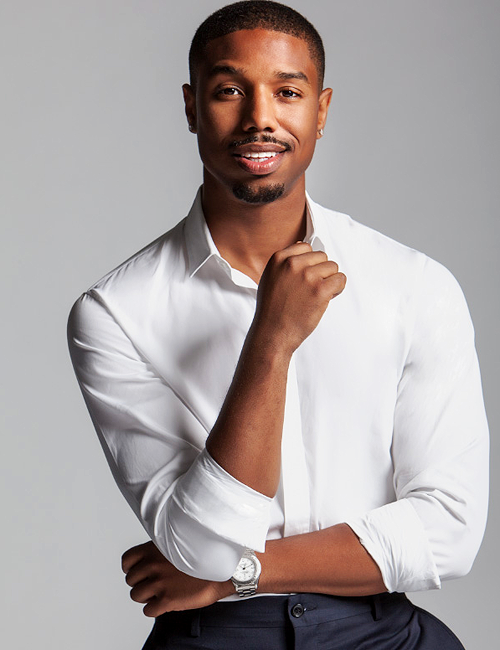
2. Broad Light-model’s face in 3/4 view-light falls on the side of the face with the visible ear. Good for controlling the reflections on glasses.

3. Short Light-model’s face is in 3/4 view, the light falls on the side of the face with the features. (Not on the side with the visible ear.)

Both of these are examples of short light.

4. Butterfly Light, Clamshell or beauty or glamour light-model is face forward, front light.

5. Split Light-model is face forward, the main light is at 90 degrees to the camera and falls on one side of the face.
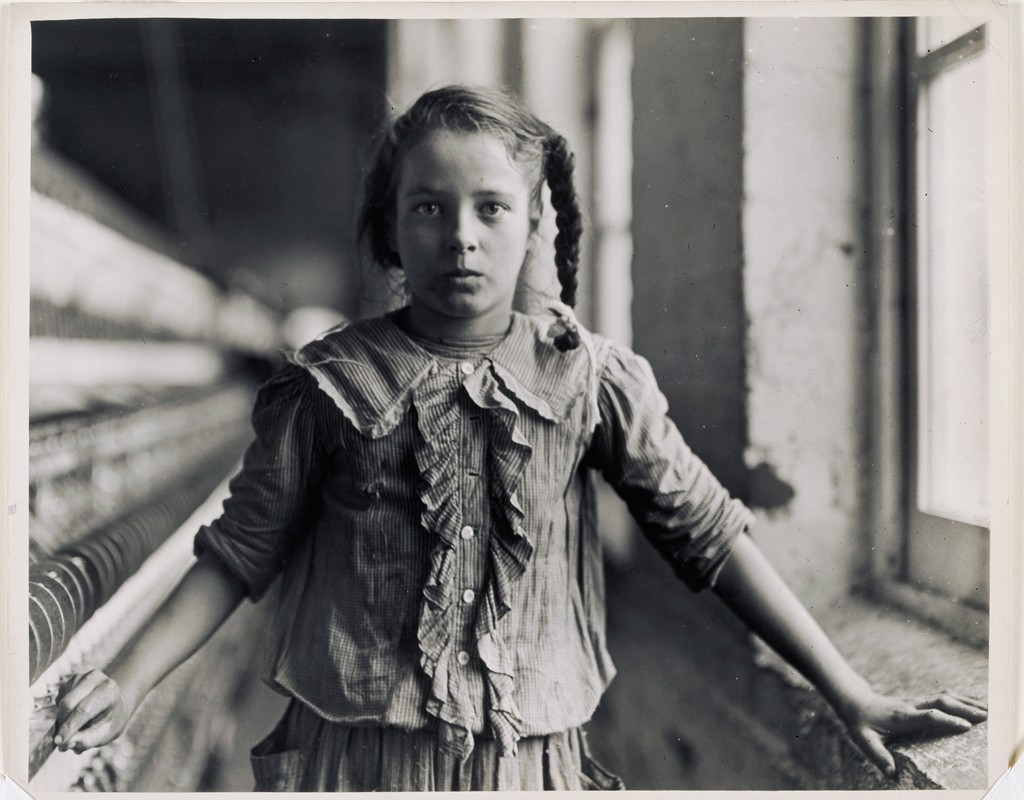

Churchhill.
Photographer: Yousef Karsh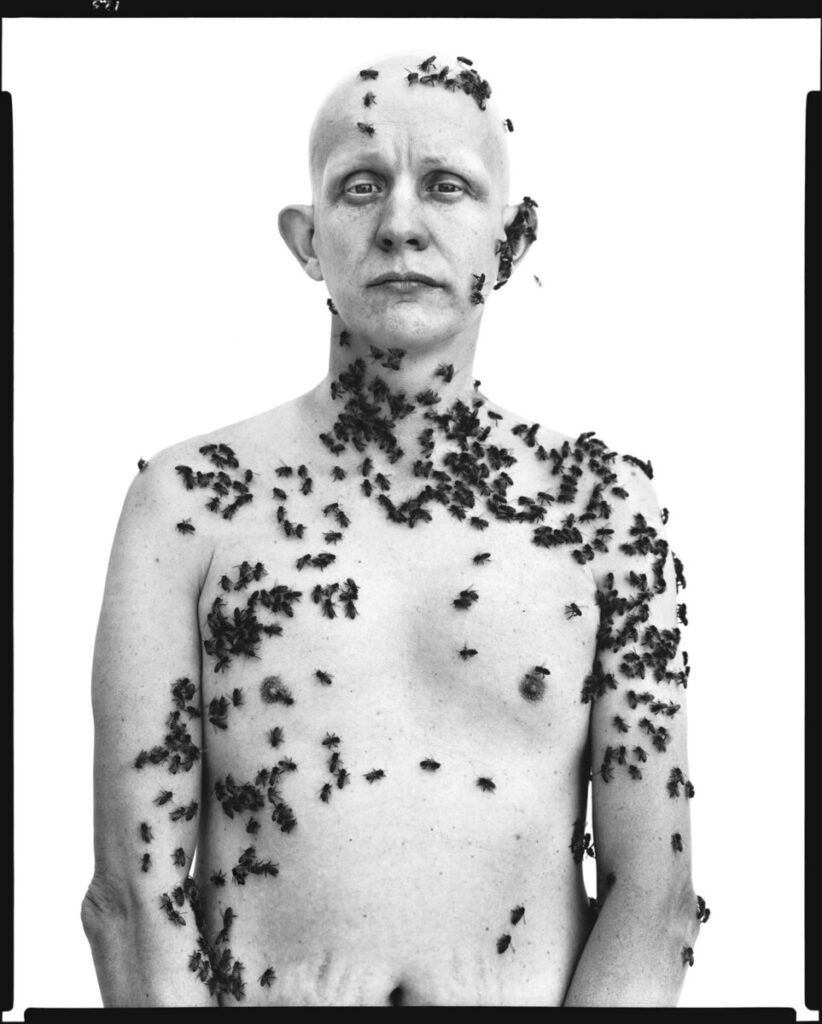
Beekeeper.
Photographer: Richard Avedon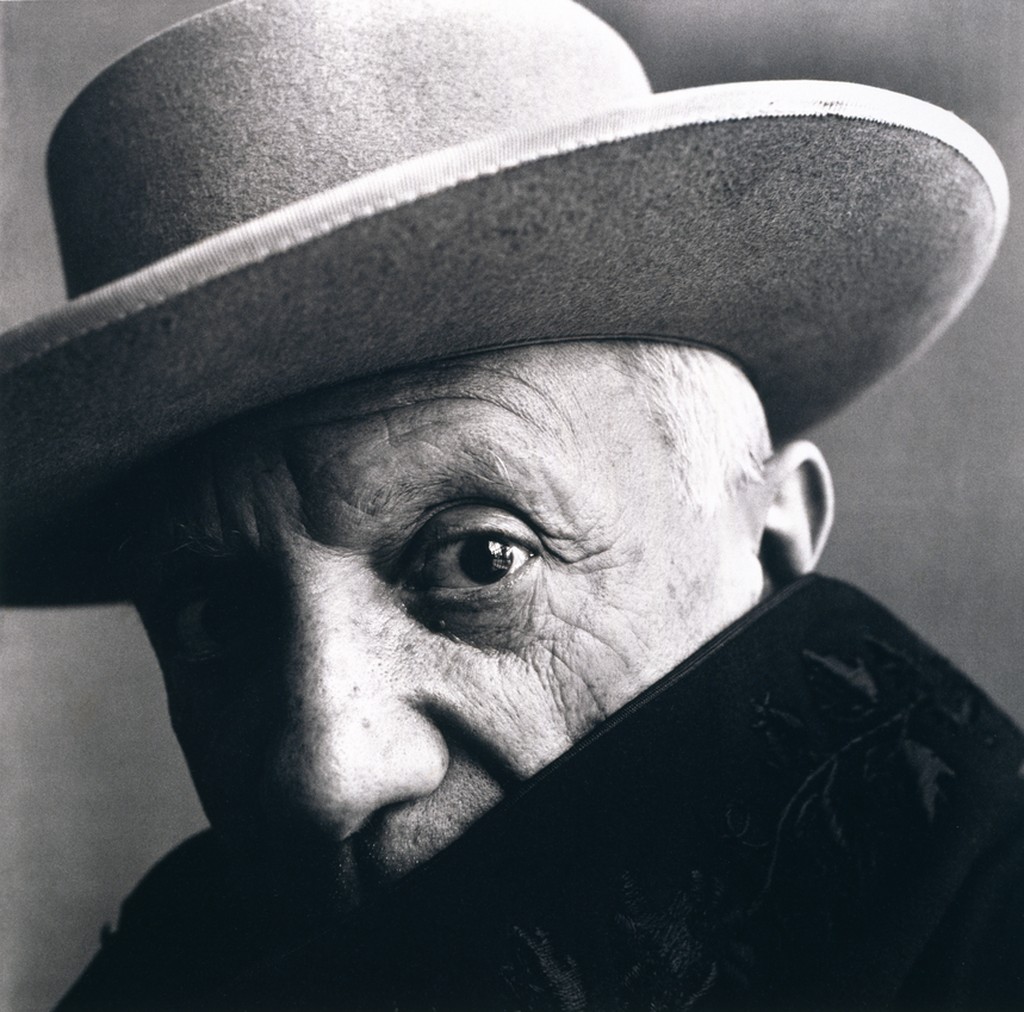
Picasso. Photographer: Irving Penn 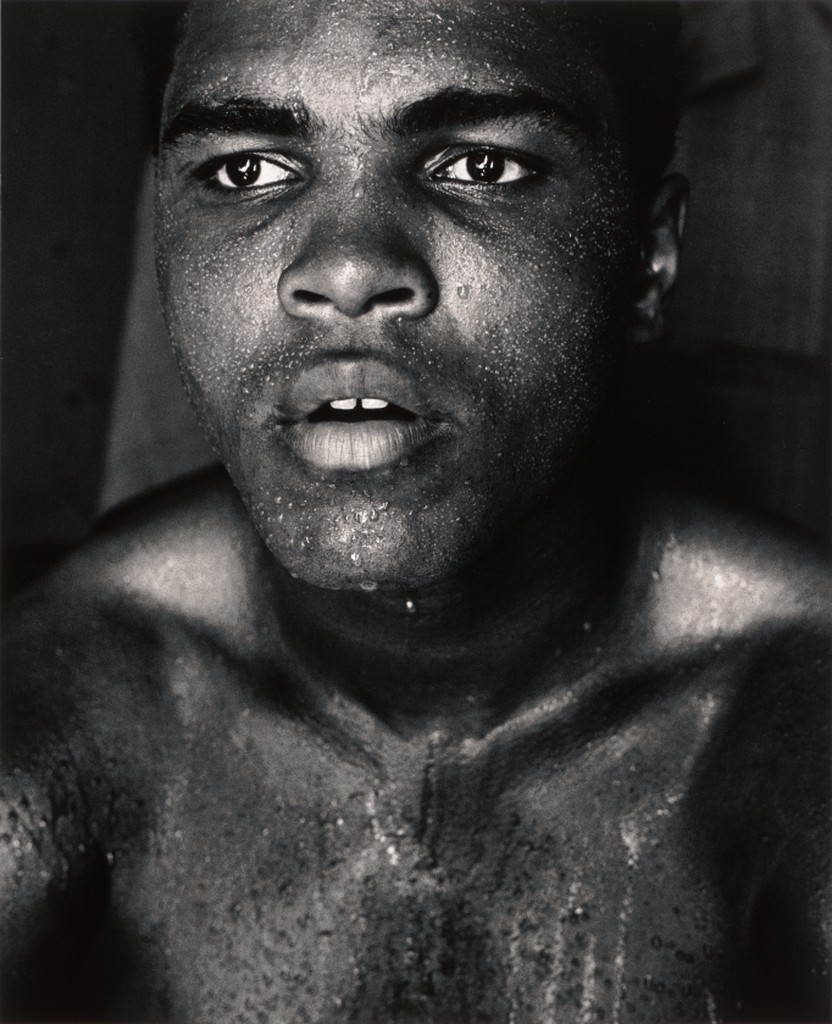
Mohammad Ali. Photographer: Gordon Parks 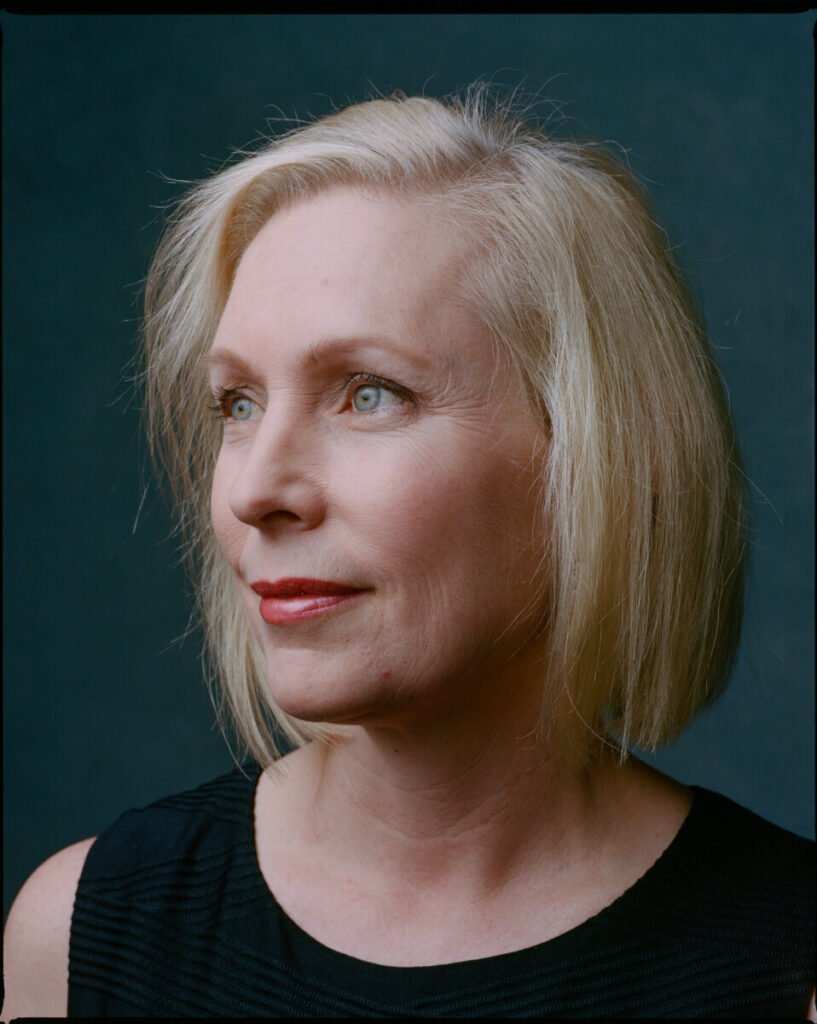
Credit: Celeste Sloman for The New York Times 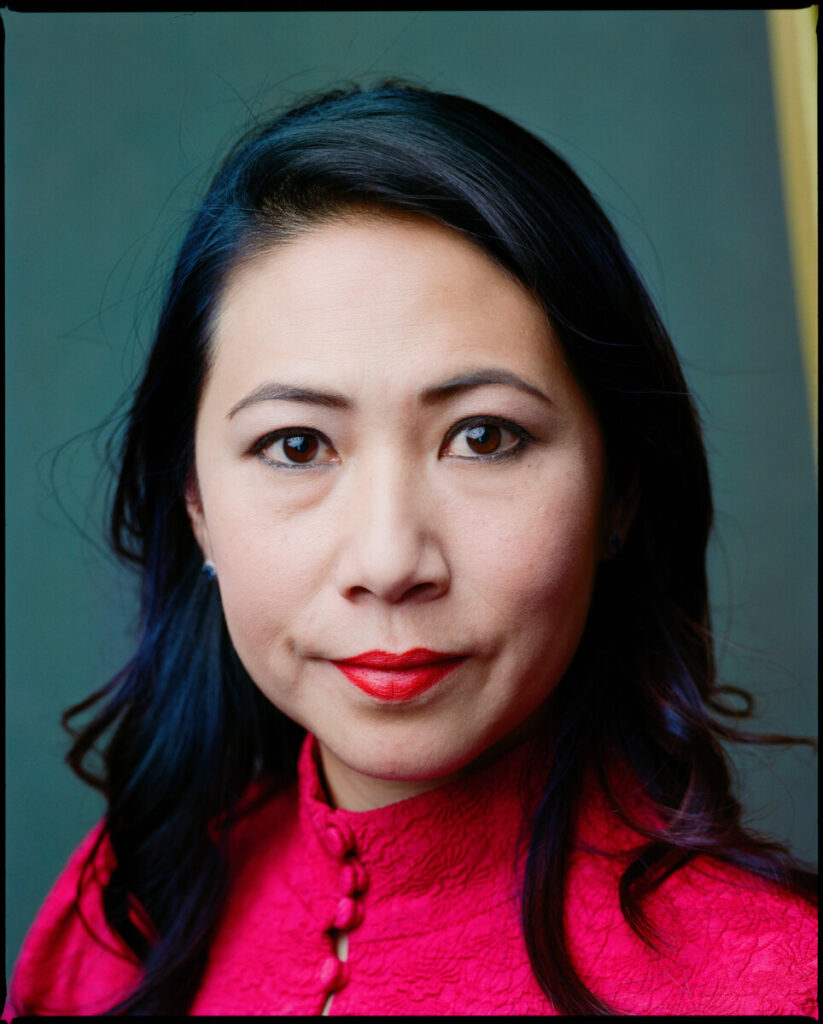
Credit: Celeste Sloman for The New York Times 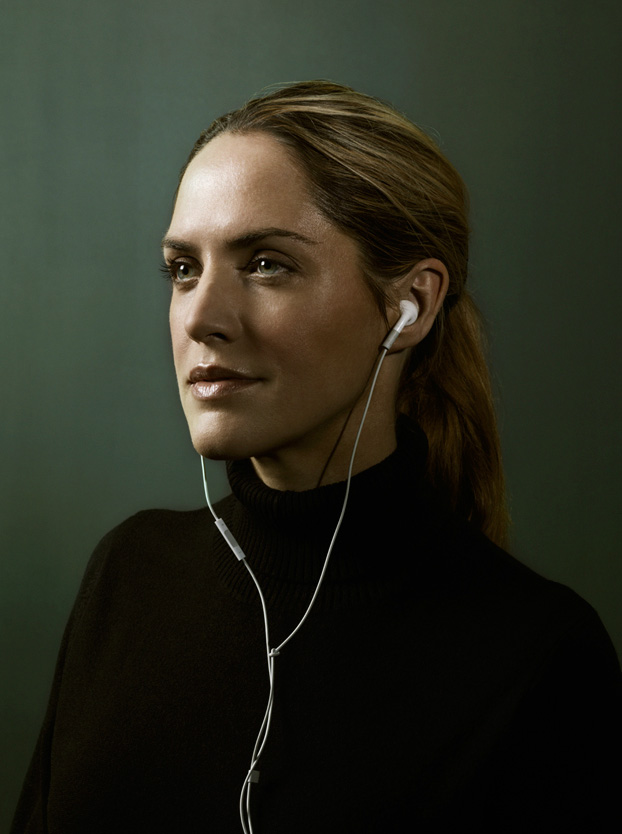
Photographer: Nadav Kandar 
Photographer: Nadav Kandar 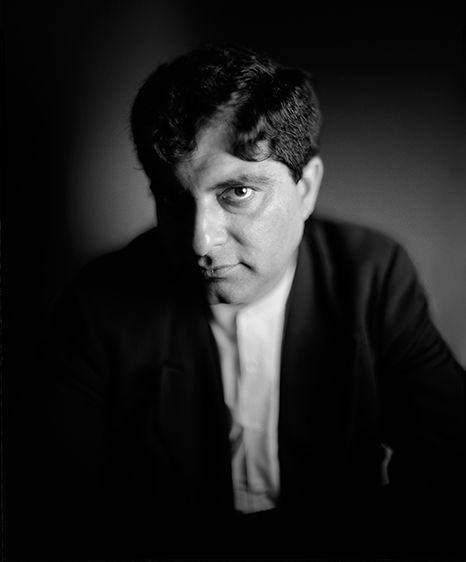
Deepak Chopra. Photographer: Gregory Heisler 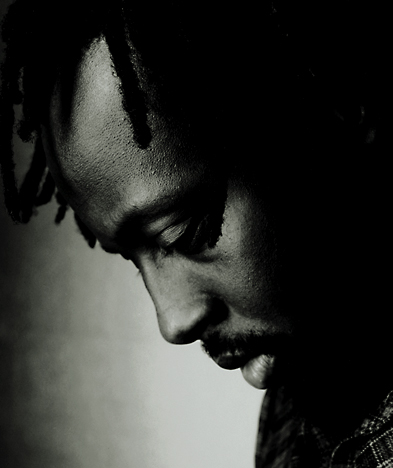
Wyclef Jean. Photographer: Andrew Eccles 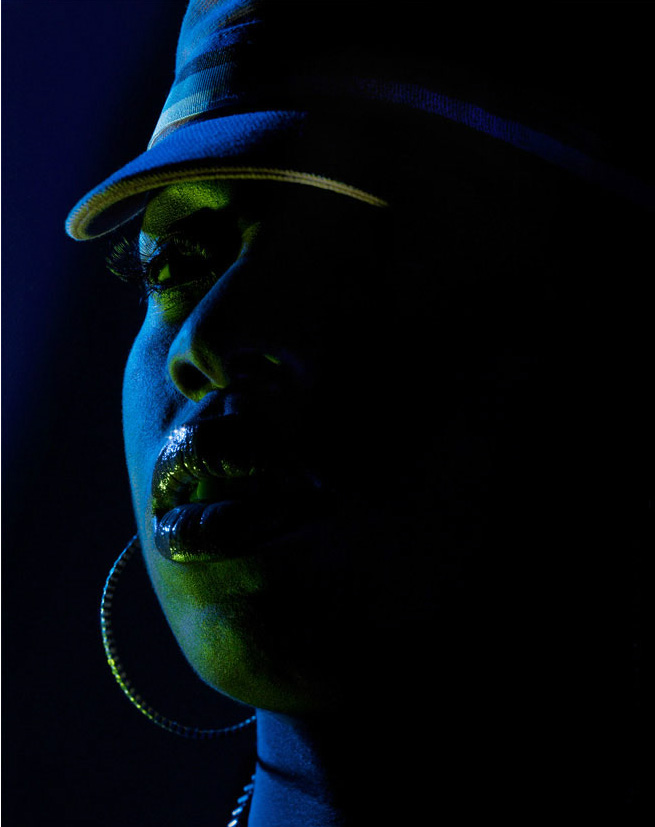
Missy Eliot. Photographer: Nadav Kander




Leave a Reply